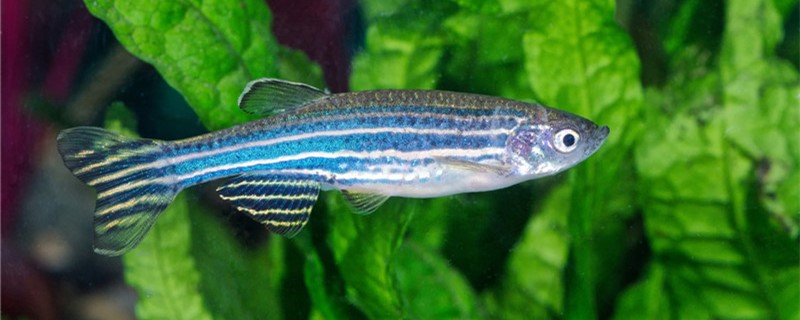
1. Poor water quality: long-term non-replacement of water, excessive ammonia nitrogen content in the water, resulting in deterioration of water quality. Fish live in this environment for a long time, their body resistance decreases, and they will die slowly.
2. Inappropriate temperature: the water temperature is lower than 22 ℃ or higher than 28 ℃ for a long time, which can easily cause the death of fish.
3. Anoxia: Low dissolved oxygen in the water, or breeding density is too large, will cause fish hypoxia. When the oxygen is insufficient, the fish can not breathe normally, which will lead to death.
4. Infectious diseases: Fish may suffer from infectious diseases, such as white spot disease, pine scale disease and so on. Once infected, if the fish is not isolated, it will spread to other fish. If not treated in time, the disease will lead to the death of fish when it is serious.
1. Change water in time: Change water frequently to keep the water fresh. In order to avoid sudden changes in water quality, it is necessary to retain two-thirds of the old water when changing water, which can reduce the discomfort caused by new water to fish.
2. Strictly control the temperature: adjust the temperature to the optimum temperature of the fish. Namely, the temperature is kept between 22 deg C and 28 deg C, and a constant temperature state is kept. Avoid high and low temperature, which is conducive to the healthy growth of fish.
3. Oxygen into the water: When the oxygen content in the water is low, it is necessary to pump oxygen into the water through the oxygen pump to ensure that the fish can breathe normally.
4. Sterilization: Infectious diseases are caused by bacterial infection. Usually, 2% salt water is used to sterilize the fish tank to avoid bacterial breeding and prevent diseases.